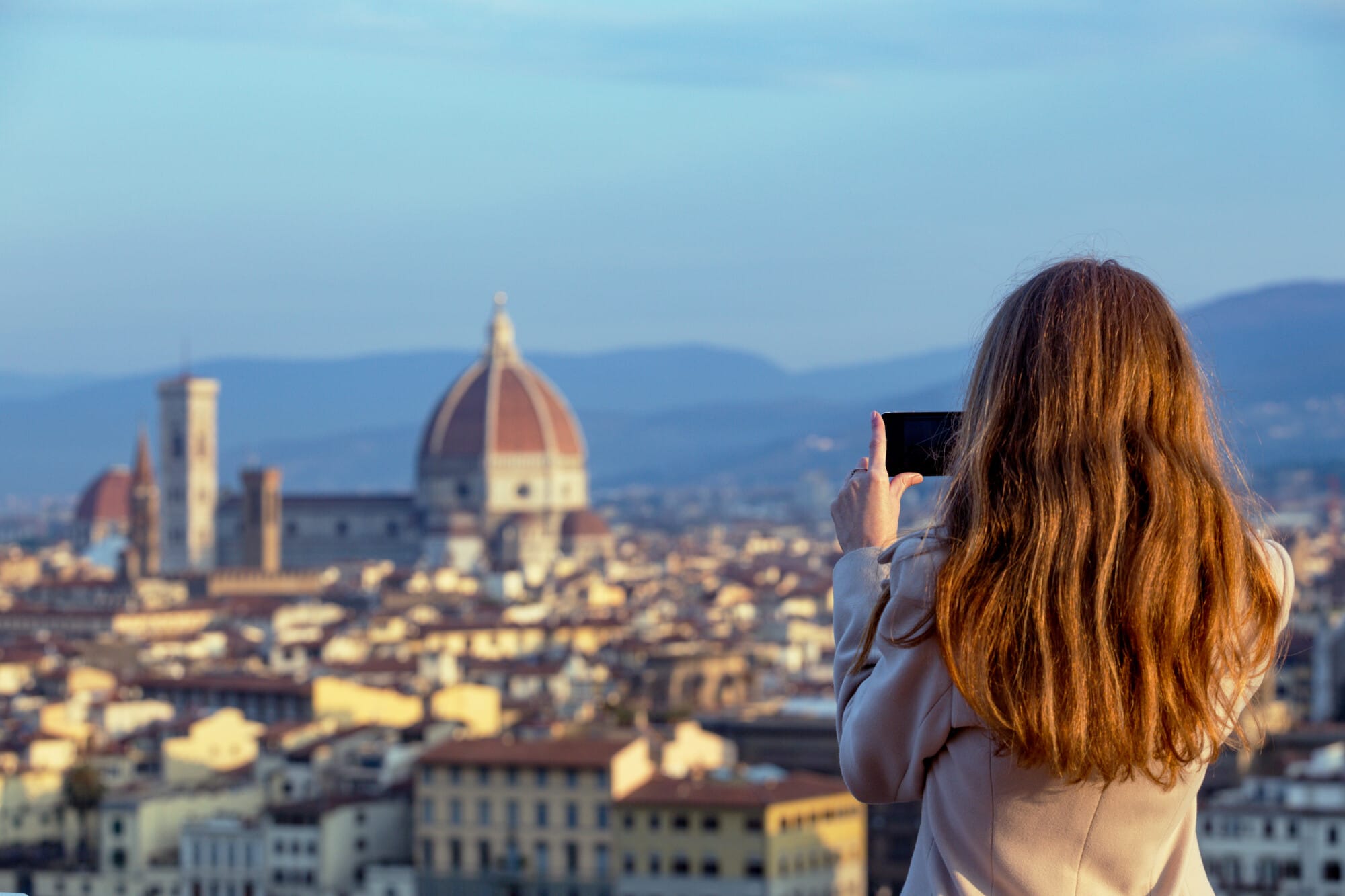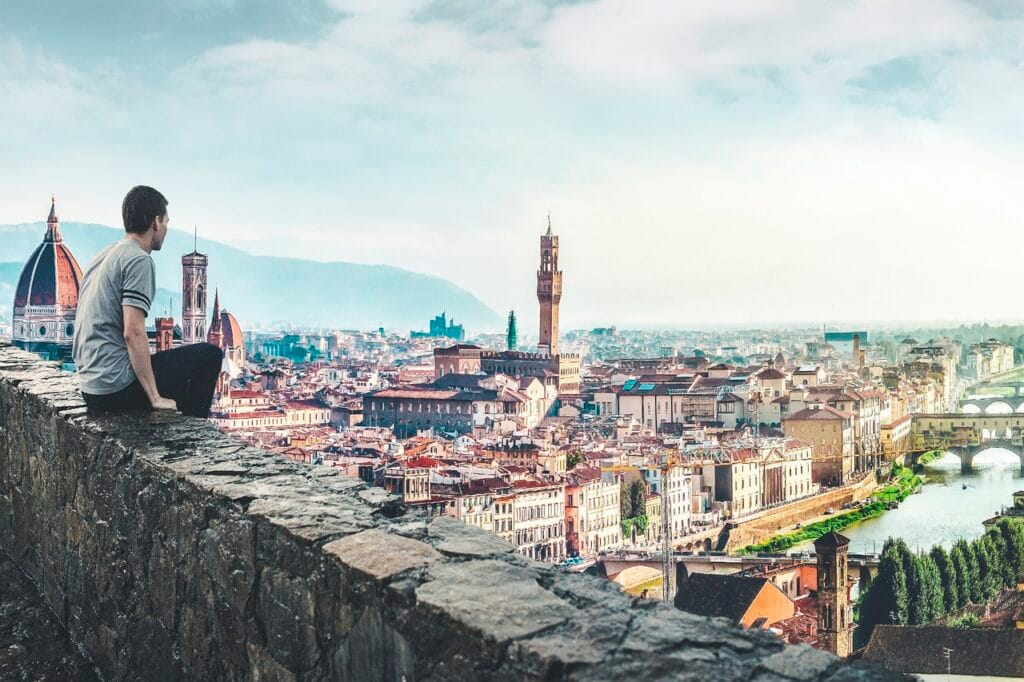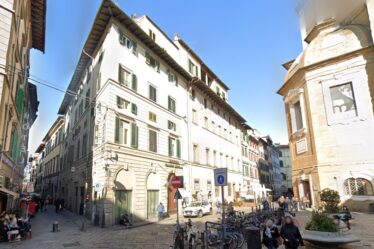

A Timeless Corner of the City
In a quiet corner of Florence, where worn stones whisper stories and alleys seem frozen in time, a man was born who could hear the city’s heartbeat like few others: Ottone Rosai‘s Silent Florence
Raised as the son of a woodcarver, Rosai grew up surrounded by workshops and cafes. He had a restless soul and the burning gaze of someone who sees beyond appearances. Expelled from the Academy of Fine Arts, he volunteered to fight in World War I. He returned changed—marked, but never broken. And from that moment on, he began to paint silence.
Ottone Rosai’s Silent Florence begins not with grand statements, but with the quiet dignity of everyday life.
The Art of Stillness
Rosai’s paintings are not filled with heroes, but with solitary men walking straight along bare walls, surrounded by long shadows and thick atmospheres of melancholy. There is no noise, no staged performance—only truth. And a haunting beauty that hurts, like a memory that suddenly resurfaces.
This unique emotional realism is what makes Ottone Rosai’s Silent Florence so powerful. His art echoes the city’s soul, capturing moments of stillness, struggle, and resilience.
A City Hidden in Plain Sight
Importantly, Rosai did not paint the Florence of postcards. Instead, he portrayed the hidden Florence—the one with chapped hands and worn-out shoes. It is the Florence of artisans, of early-morning departures, of modest trattorias, and of unspoken pride.
That is why Ottone Rosai’s Silent Florence still resonates today. It reflects the spirit of a city that walks with its head down but never loses its grace.
For a deeper understanding of the Florence Rosai captured, you can explore this detailed guide to artisan Florence by Visit Tuscany, the official tourism site of the region.
A Mirror to Ourselves
Even now, looking at one of his canvases, one realizes that not much has changed: solitude remains, the slow pace endures, and there’s still that desperate yet tender need to belong.
Ultimately, Ottone Rosai’s Silent Florence is not a collection of cityscapes—it’s a portrait of us. His vision helps us see ourselves in the silent moments, the quiet struggles, and the dignity of daily life.
To explore more about Ottone Rosai’s influence and legacy, consider this biographical entry on the Uffizi Galleries website and a deeper look at 20th-century Italian painters.



